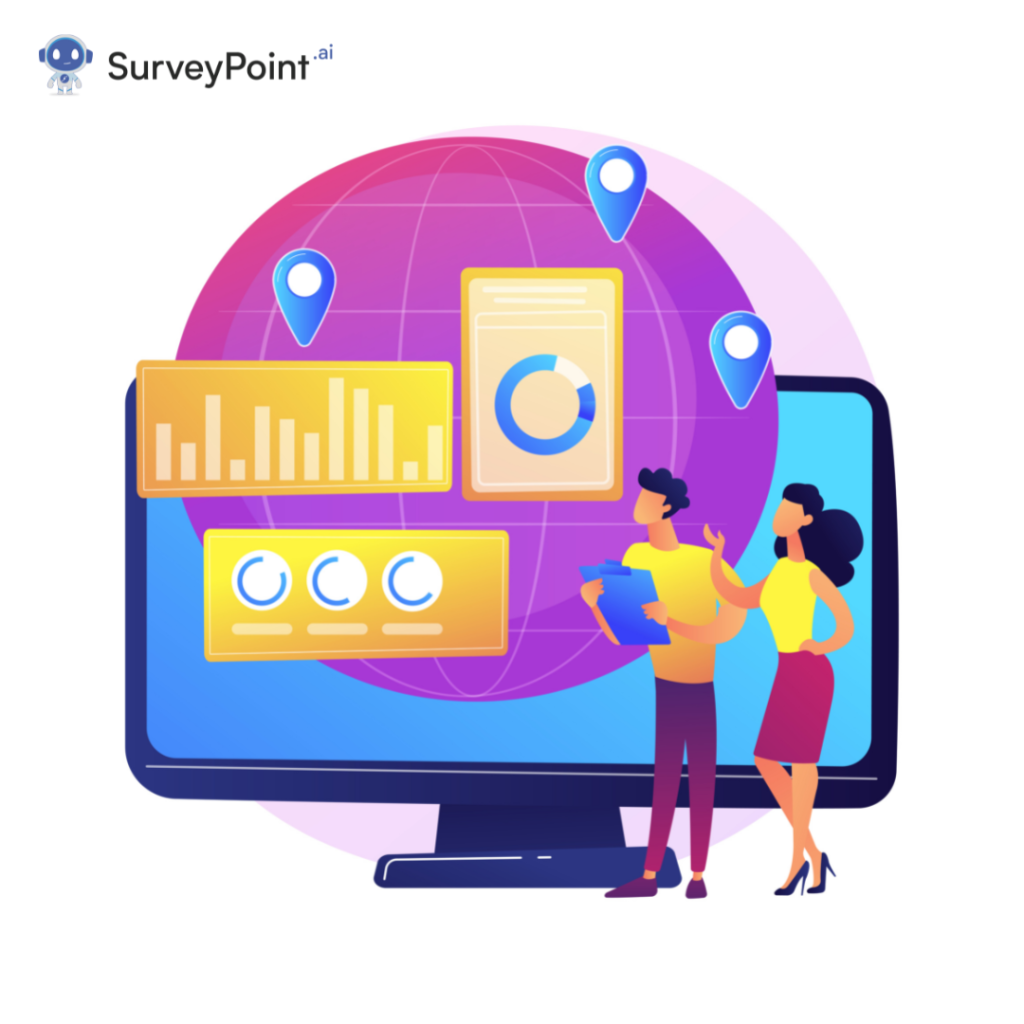
Today, companies are working on fulfilling customers’ needs to gain long-term loyalty benefits. The most important thing for any business is customer satisfaction, which provides long-term growth, so here is a way to know how well customers are satisfied with your product or services. It is called the net promoter score. In this blog, you will get to know about the net promoter score, a good NPS score saas, NPS score calculation, and a good NPS score for customer service.
What is the net promoter score?
A net promoter score is a tool for measuring customer satisfaction using a survey method. It is used to measure the customer’s loyalty toward the product or service. NPS is often the best way to measure a customer’s happiness. Bain and Company first made it in 2003. Millions of businesses use it to measure and track how their customers see them. NPS scores show how to divide feedback into good and evil.
How do you calculate Net Promoter Score?
NPS is based on a direct question like: “On a scale of 1 to 10, how likely would you recommend us to a friend or colleague?” Customers are put into the following groups based on the number they choose:
- Promoters: Those who give between 9 and 10 points. They are loyal customers whose lifetime value is high and will bring in new customers to help the business grow.
- Passives: Those who score between 7 and 8. They are primarily happy customers who might stay or switch to competitors if a better deal arises. They won’t go out of their way to give prospects a recommendation.
- Detractors: Those who give between 0 and 6 points. They are unhappy customers who might hurt your brand’s reputation by writing bad reviews or telling others about their bad experiences. Basically, the NPS is the difference between the number of “promoters” and “detractors.” The worst score is -100, meaning every customer is a detractor, and the best score is 100, meaning every customer is a promoter. However, both of these scores are likely to happen.
What is a good NPS score for customer service?
Technically, any score above zero is a “good” score because it means you have more people who like you than people who don’t want you. If you get a score of 50 or more, that’s great; if you get a score of 70 or more, that’s the best.
Since no NPS standard exists, most companies compare their scores to those of other companies in their industry. This lets them know how their customer service stacks up against their competitors. If their score needs to improve, they can look at the best companies in their industry and change how they treat their customers.
What is a Good NPS Score Saas?
Most businesses want to know, “What is a good SaaS score?” The truth is that it depends on a lot of different things. A high NPS varies from country to country and industry, so giving a clear goal point takes time.
For instance, Americans score high if happy, giving 9s and 10s. On the other hand, Germans tend to be more reserved and give 7s, 8s, or 9s even when they are happy with the product, at least in our experience.
That being said, some general NPS guidelines can help you figure out how good your score is. Even though these numbers are not exact, they can give you a good idea of how your business is doing regarding NPS.
-0 = a bad score
0+ = a good score
40 = a positive score
50+ = an extremely positive score
65+ = a milestone score that signals the beginning of rapid organic growth
70+ = an exceptional score
What is a good NPS Score by Industry:
Average Net Promoter Scores don’t work the same way in every industry.
The average for your industry gives you a good starting point, while the leaders in your field show you how good you can be.
Here are some examples of how a relative NPS looks in different types of businesses.
1.Different industries:
In one industry, a good net promoter score might not be suitable in another.
For example, companies in the consulting industry have an NPS that is higher than average because their sales process is longer and more personal, and they keep in touch with their clients.
On the other hand, customers may be in a bad mood when they go to the dentist, which could lower their average NPS score.
Take the time to learn about your industry’s average NPS benchmark scores and why they are what they are. This will help you figure out what you need to do to make things better for your customers.
You Must Like: Poll Questions: How to Boost Engagement and Gather Valuable Insights
2. Famous Brands:
Comparing yourself to the best brands might be tempting since they’ve built customer loyalty, and many have high brand advocacy.
This chart shows the Net Promoter Scores (NPS) for the five best brands.
Even though it’s good to aim high, you should also pay attention to your Net Promoter Score (NPS) and your closest competitors.
You could beat Tesla’s impressive score of 96, but you might run into Goodhart’s law if you do. When your metric becomes a goal, it’s no longer a good measure.
It’s also important to note that these companies may have a high NPS because of things other than the customer journey, like a well-known brand name or a niche market they serve.
3. SMEs:
NPS is a cheap and easy way for small businesses to compare their progress to other companies in their market.
You can do the research by giving out an online questionnaire and figuring out the results on your own, or you can use tools like Trustmary’s Pro feedback package, which collects and figures out the results for you.
4. B2C:
Businesses that sell to consumers can learn a lot about how happy their customers are from their net promoter scores.
B2C businesses usually have more customers and a faster sales process, which makes NPS surveys easier to understand.
When the results are compared to others in the same industry, they can be used to determine who the leaders are and who the new competitors will be.
2021 B2C industry NPS benchmarks
NPS SCORES BY COMPANY
Conclusion
NPS should be taken seriously. A lot of things are beyond your control. Sometimes, your most loyal customers might need to remember to rate your business, while a dissatisfied customer might give you a huge zero.
As long as you’re in or above your competitors, it’s clear that the customer experience is one of your Company’s main concerns. A customer-centric mindset can help you set clear goals and values for your customer support, service, and success teams, leading to happier customers and, hopefully, more promoters.




